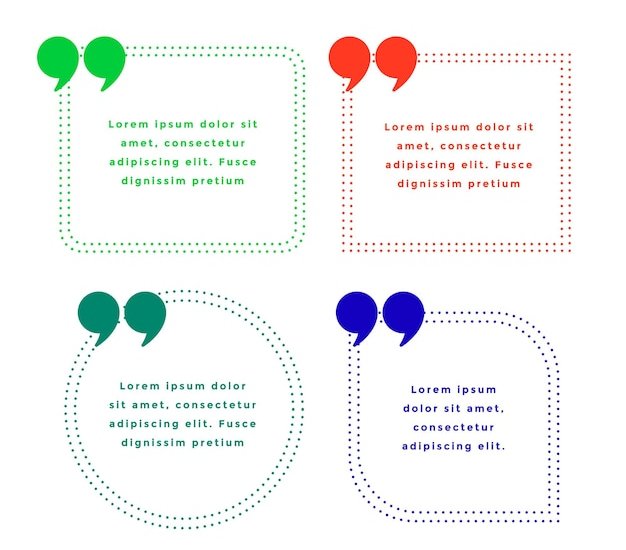Fast Fashion – Eye-Opening Facts You Need to Know

Fast fashion is like junk food for your wardrobe.
Did you know that fast fashion is the second largest polluter in the world?
Fast fashion feeds our desire for instant gratification but comes at a high cost.
The average American throws away about 80 pounds of clothing per year – it’s time to rethink fast fashion.
Fast fashion exploits workers in developing countries, often paying them poverty wages.
The environmental impact of fast fashion is devastating – it takes thousands of gallons of water to produce a single cotton t-shirt.
Fast fashion promotes a throwaway culture where clothes are seen as disposable commodities.
Behind every fast fashion piece is a story of unethical labor practices and environmental destruction.
True style doesn’t come from a fast fashion store but from curating a unique wardrobe that reflects your personality.
Fast fashion may be cheap, but it comes at a high price for the planet.
By supporting fast fashion, we are contributing to the cycle of overconsumption and waste.
The fashion industry needs a revolution – a shift towards sustainable and ethical alternatives.
Instead of chasing trends, focus on timeless pieces that will last for years.
Fast fashion tricks us into thinking we need to constantly buy new clothes to stay in style.
Invest in quality garments that are made to last, and you’ll save money in the long run.
Fast Fashion – Eye-Opening Facts You Need to Know part 2
The true cost of fast fashion is more than just the price tag – it’s the toll it takes on the environment and human lives.
Fast fashion is all about quantity over quality.
Thrift shopping is a great way to break free from the fast fashion cycle and find unique pieces.
Boycotting fast fashion is a small step towards creating a more sustainable future.
Fast fashion is a major contributor to plastic pollution, with many garments made from synthetic materials.
By embracing slow fashion, we can promote creativity, individuality, and sustainability.
Fast fashion encourages us to buy things we don’t really need, leading to cluttered closets and wasted resources.
The high demand for fast fashion puts immense pressure on garment workers, often leading to unsafe working conditions.
It’s time to prioritize quality, not quantity, in our wardrobes.
Supporting brands that prioritize sustainable and ethical practices is the way forward.
Fast fashion may be trendy, but true style is timeless.
Did you know that it takes approximately 2,700 liters of water to produce one cotton shirt? Fast fashion is a thirsty business.
Less is more – embracing a minimalist approach to fashion can have a big impact on reducing waste.
Fast fashion perpetuates a culture of overconsumption, where clothes are seen as disposable accessories.
By embracing slow fashion, we can support local artisans and preserve traditional craftsmanship.
Fast fashion may give us temporary satisfaction, but it ultimately leaves us feeling empty inside.
The fast fashion industry profits from our insecurities by constantly telling us what we need to buy to be fashionable.
Embrace vintage fashion and create a unique style that stands out from the crowd.
Fast fashion is a vicious cycle – we buy clothes, wear them a few times, then throw them away, only to repeat the process.
The real cost of fast fashion is paid by those who work in unsafe and exploitative conditions.
By investing in high-quality, timeless pieces, we can build a wardrobe that lasts for years.
Fast fashion is not only harmful to the environment but also to our mental well-being, as it fosters a culture of comparison and self-doubt.
Slow fashion is a movement towards conscious consumption and producing garments with love and respect for the planet.
Did you know that the majority of fast fashion garments end up in landfills, taking hundreds of years to decompose?
Fast fashion is designed to make us feel inadequate – it thrives on our desire for constant novelty and trends.
The true cost of fast fashion is hidden from us – it’s time to shine a light on the industry’s dark practices.
Fast fashion disregards the value of human lives and treats workers as disposable commodities.
Slow fashion encourages us to value and appreciate the clothes we own, fostering a deeper connection with our wardrobe.
Fast fashion may be convenient, but it comes at the expense of our planet and future generations.
By choosing sustainable fashion alternatives, we can make a positive impact on the environment and protect our planet for future generations.

